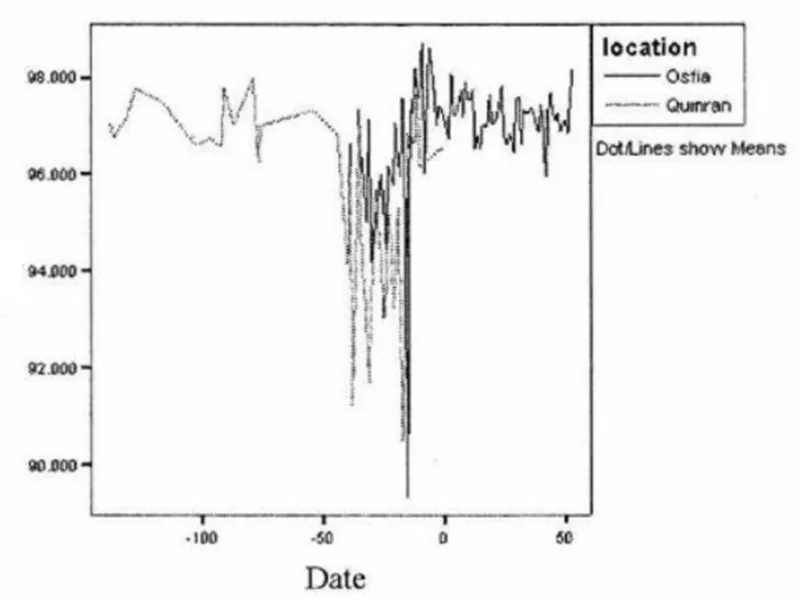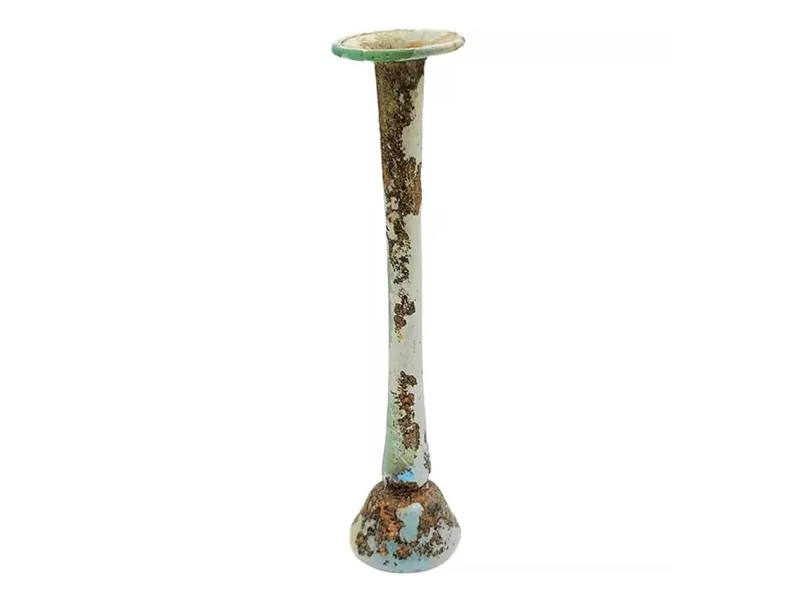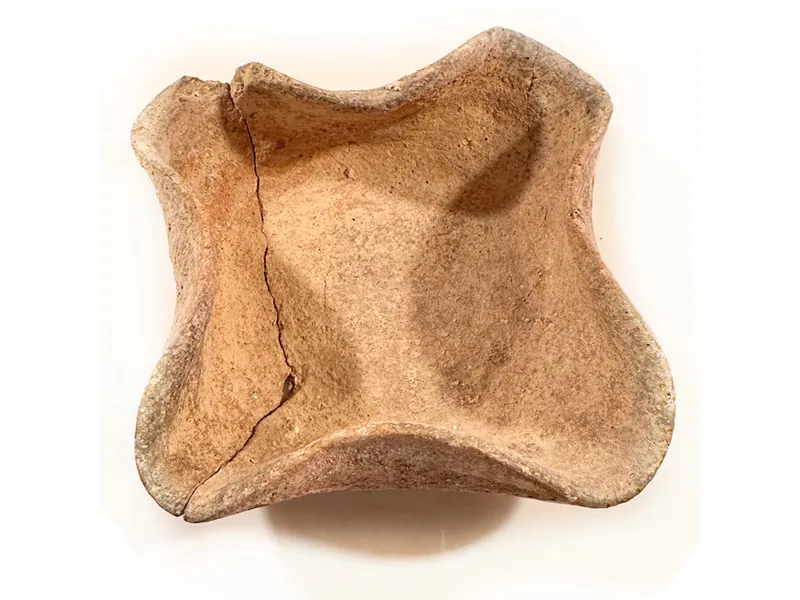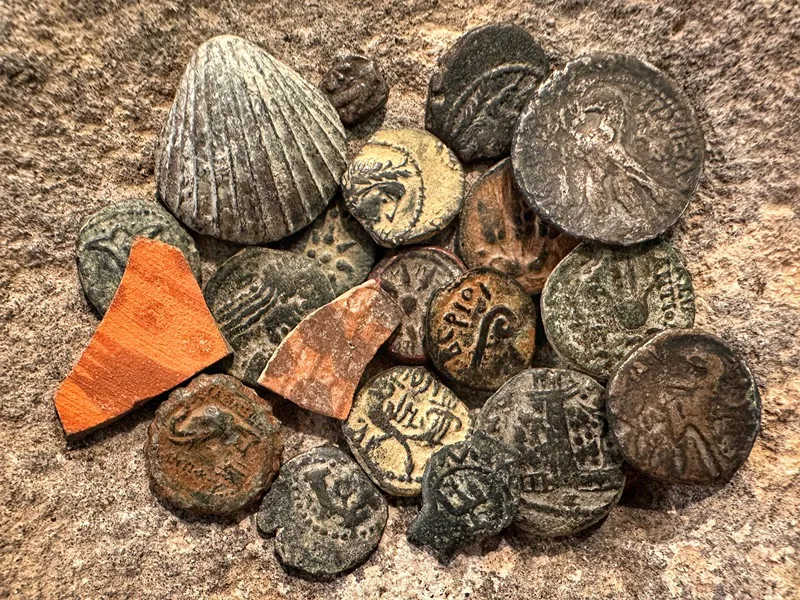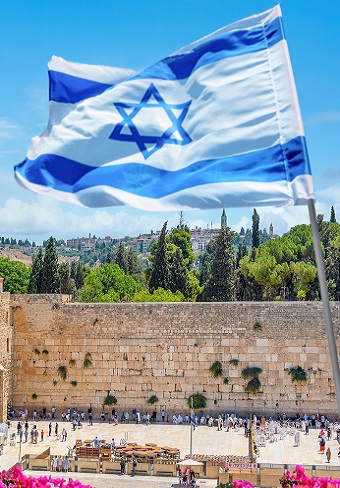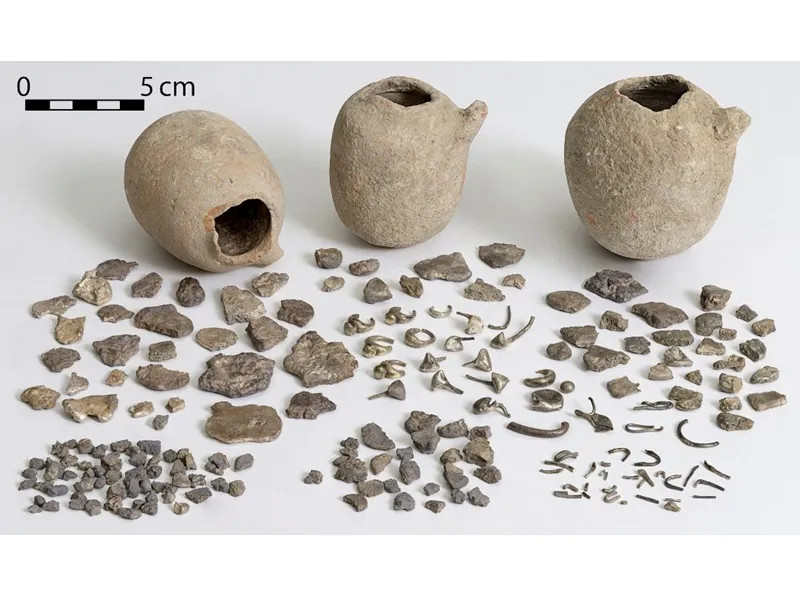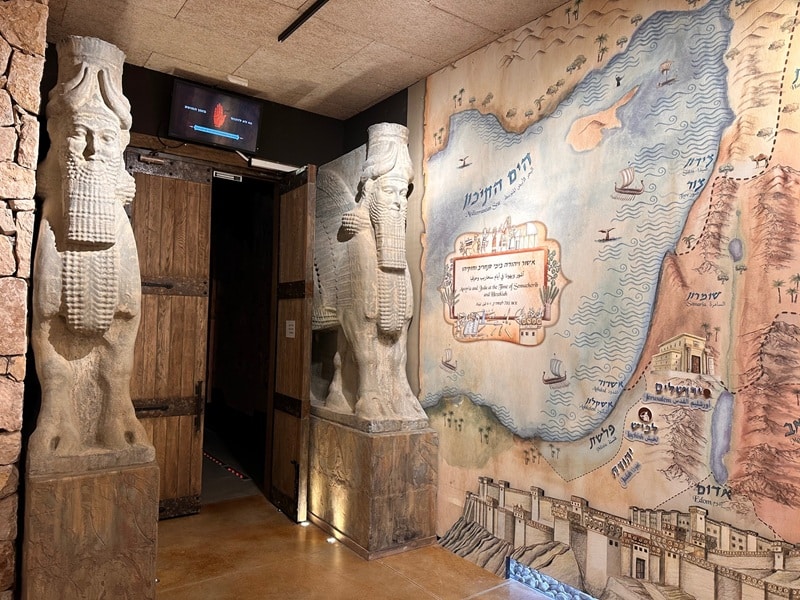Currency and Scripture: Coins mentioned in the New Testament
The coins mentioned in the New Testament tell a story far beyond their monetary value. These ancient pieces of metal provide tangible connections to the fiscal, social, and religious life of first-century Judea. Through careful study of these coins, we gain a deeper understanding of biblical narratives, as well as the daily life during Jesus’s time. From the Temple tax to Roman tribute, from wealthy merchants’ fortunes to the widow’s humble offering, each coin mentioned carries both historical significance and sometimes spiritual symbolism.
The Tyrian Shekel

A rare Tyrian Shekel from year “159”, the year of the crucifixion of Jesus (32/33 CE)
The most significant coin in the New Testament narrative is the Tyrian Shekel. It was specifically required for Temple transactions due to its high silver content and consistent weight, despite bearing pagan imagery of Melqart (Hercules) and an eagle. This is especially illustrative in Matthew 17:24-27, where Jesus and Peter were asked to pay the two-drachma temple tax. Lacking such funds, Jesus directed Peter to find a stater coin (a Tyrian Shekel) in a fish’s mouth, with which they paid the tax. Money changers In Jerusalem’s temple offering Tyrian Shekels at an inflated exchange rate probably infuriated Jesus who turned their tables (Mark 11:15-18).
The Thirty Pieces of Silver
 Perhaps the most infamous coins in Christian history are the “thirty pieces of silver” paid to Judas Iscariot for betraying Jesus (Matthew 26:15). These were likely Tyrian Shekels as well, as they were the standard Temple currency. The amount corresponds to the price of a slave in Exodus 21:32, or a pay to a prophet in Zechariah 11:13, adding layers of theological significance to the betrayal narrative.
Perhaps the most infamous coins in Christian history are the “thirty pieces of silver” paid to Judas Iscariot for betraying Jesus (Matthew 26:15). These were likely Tyrian Shekels as well, as they were the standard Temple currency. The amount corresponds to the price of a slave in Exodus 21:32, or a pay to a prophet in Zechariah 11:13, adding layers of theological significance to the betrayal narrative.
The Tribute Penny
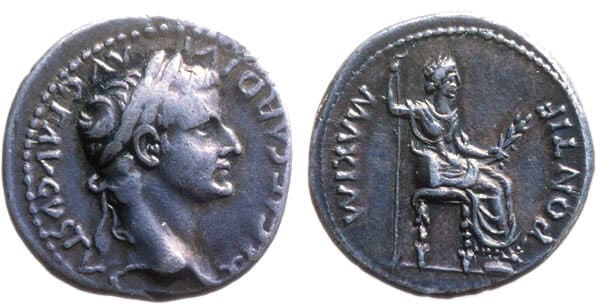
A Denarius depicting the Emperor Tiberius
When questioned about paying taxes to Caesar (Matthew 22:19-21), Jesus asks to see the “tribute penny” – likely a Roman denarius bearing the image of Emperor Tiberius. His famous response, “Render unto Caesar what is Caesar’s, and unto God what is God’s,” came after noting the emperor’s image on the coin. The denarius was the standard silver coin of the Roman Empire, equivalent to a day’s wages for a laborer. It was introduced in Judea in the first century BCE and competed with the Greek Drachma (cf. Luke 15:8-10) and the Tyrian Shekel.
The Widow’s Mites
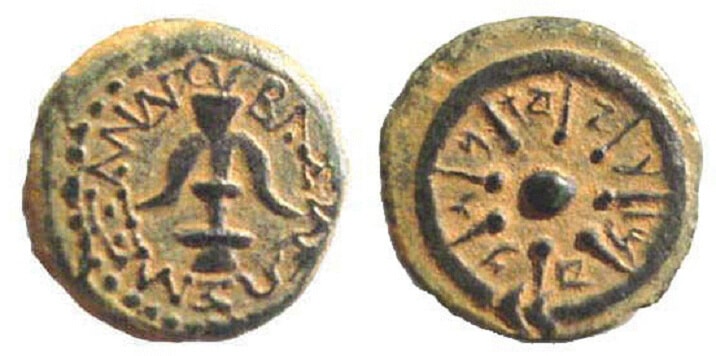
Half of Prutah (Lepton) from the first Century BCE
In Mark 12:41-44 and Luke 21:1-4, Jesus observes a poor widow contributing two small bronze coins (lepta) to the Temple treasury. These “widow’s mites” were the smallest denomination in circulation in Judea, yet Jesus praised the widow’s offering as greater than all others because she gave all she had. The smallest coin circulating at that time was a half prutah minted in large numbers by the Hasmoneans. Its obverse depicted an 8-ray star, while its reverse depicted an anchor. These small bronze coins were commonly used by the poorest members of society.
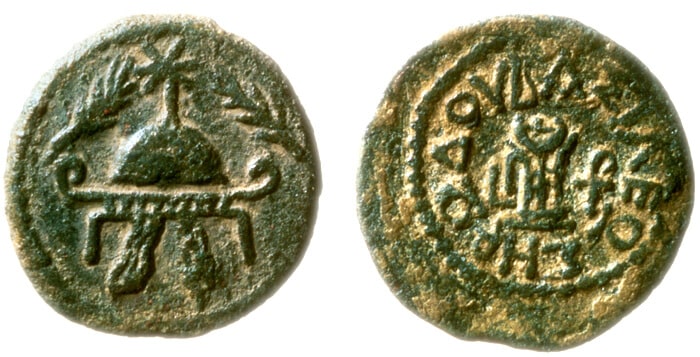
An Issar Coin minted in the days of King Herod
Other Bronze coins mentioned in the New Testament include the Assarion (Matthew 10:29), and the Quadrans (Matthew 5:26). The New Testament also mentions a talent (Matthew 25:14-30) and the Mana (Luke 19:11-27). These were not a coin but a weight measurement of silver.
Archaeological Evidence
Many of these coins have been found in archaeological excavations throughout Israel, providing tangible connections to New Testament narratives. Particularly significant are finds of Tyrian Shekels in Jerusalem and bronze prutahs of the Hasmonean and Herodian periods. Both were in common use during Jesus’s time. Their mention in the New Testament provides valuable insights into the economic and social conditions of the time, while also serving as powerful metaphors in religious teaching.
